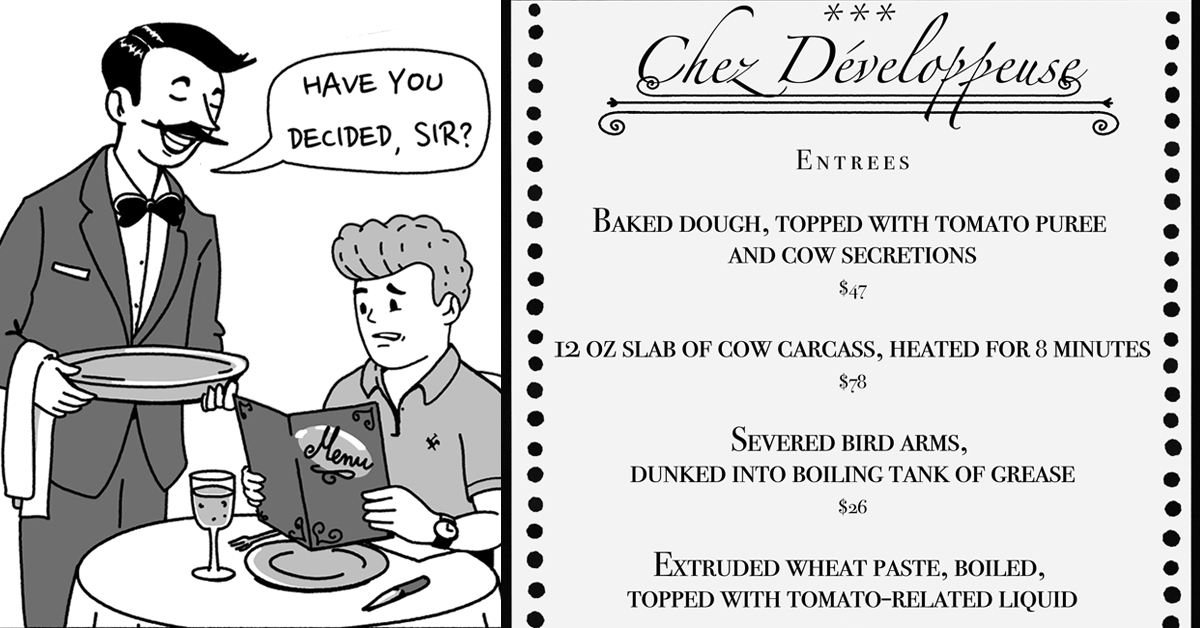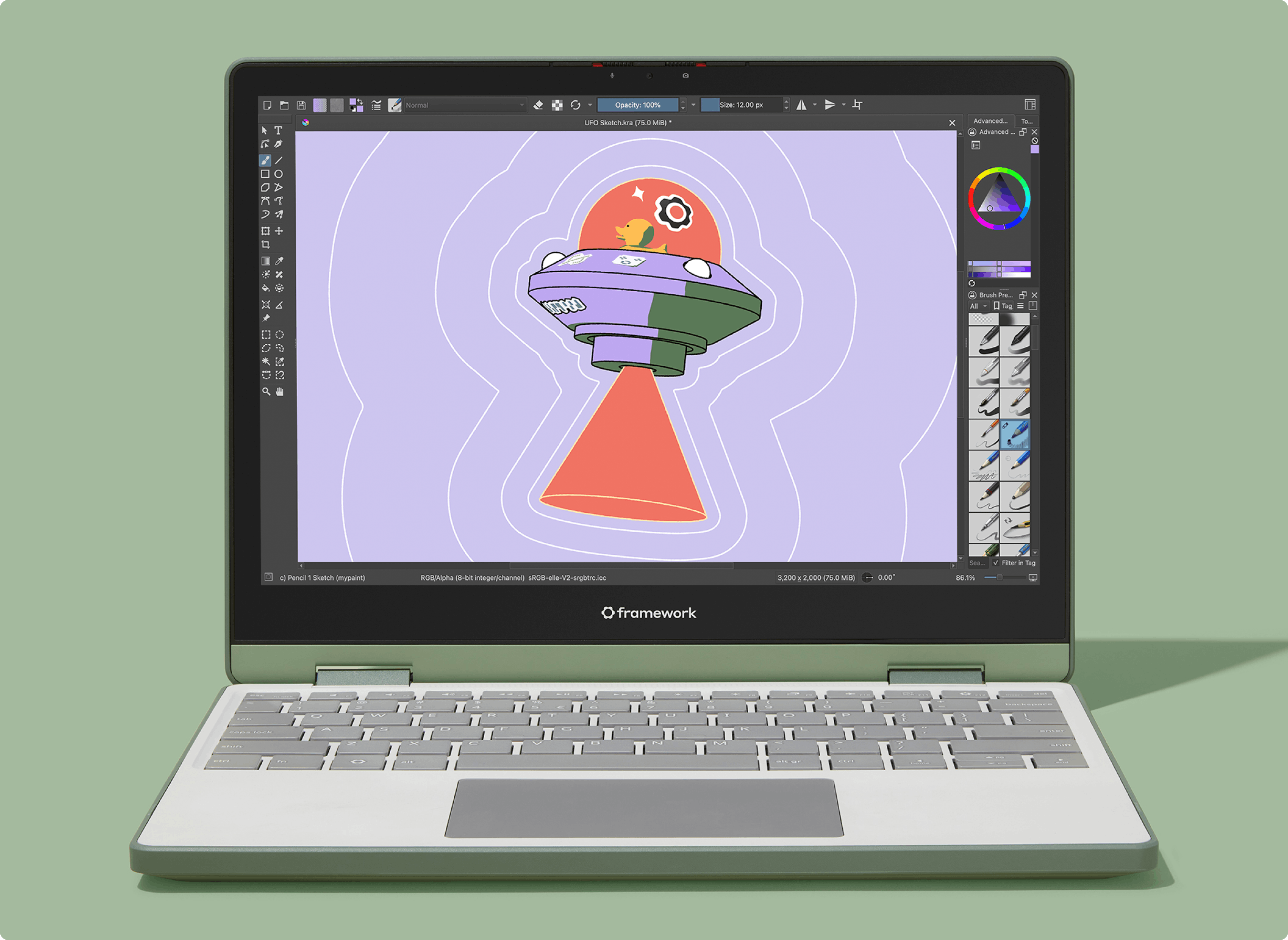A skeleton crew worked on creating the faux Basquiats—it essentially included one scenic [artist], Leigh, Schnabel, and actor Jeffrey Wright, who played Basquiat. “Julian himself pretty much started each of the paintings,” said Leigh. “Jeffrey Wright, who is not trained as a painter, needed to appear on camera, as though he really knew how to handle pastel sticks and brushes and all of the artist tools and equipment. So Jeffrey would go to Julian’s studio, and they would work on the Basquiat, and at the same time, Julian was teaching Jeffrey how to use these things, so he could get Jeffrey really relaxed. So all of those paintings were actually handled and touched and worked on by Julian and Jeffrey and the scenic artist and a couple of times, I drew stuff on there.”
Schnabel, a noted artist and collector in his own right, also donated many pieces from his own collection. Gary Oldman’s character in the film, Albert Milo, is based on Schnabel, who was a prominent part of the art scene, during Basquiat’s rise to fame, so Milo’s paintings are Schnabel’s own creations, pulled from storage. “There are several Warhol paintings in Basquiat—those are real paintings,” said Leigh. “Julian Schnabel has maintained a very close relationship with the Warhol estate and the Warhol museum in Pittsburgh. And Julian himself owns a significant amount of Warhol paintings. Any of the Warhols in the film—I believe—all of the Warhols were owned by Julian.”
One particular special exception was made thanks to Schnabel’s personal connection to an artist’s estate: the use of Picasso’s Guernica. “It’s so large and at the time the movie was being made, it couldn't really be a print—Julian wanted it to be a painting,” said Leigh. “And the Picasso family, or the estate, had never had a request to reproduce, to copy a painting in paint—that’s a big deal! That’s basically a forgery.”
“Eventually . . . the deal that was struck is that we would be allowed to make one copy of Guernica in paint for use in the film, but it had to be destroyed after it was filmed, and we had to document the destruction, and the documentation had to be given to the Picasso estate.”
The task fell to scenic artist Michael Stockton, who made the piece from scratch. “He worked basically in the same steps and stages that Picasso worked in,” said Leigh. “I think he worked on that for probably two to three weeks.” Leigh added, “We left a few small things undone on purpose, because we knew that when we got there to shoot that day, Julian would want to put paint on the canvas himself. I remember Julian looked at it and said, ‘That's not Guernica, that's a sketch for Guernica—give me paint!’”
The aforementioned destruction, as detailed in the contract from the Picasso estate, was no small feat. “We basically took all of our garbage paint and dumped it in a big barrel, mixed it up and we ended up with this dark gray glop,” said Leigh. “And with a very heavy roller, he rolled paint onto the face of the canvas, and while the paint was wet, it was folded in a way so that there was absolutely no way that somebody could unfold it and restore the painting. All of that was done in cuts of video, and then the video was sent to the Picasso estate, so they were aware that the forgery had been completely trashed.”









 English (US) ·
English (US) ·